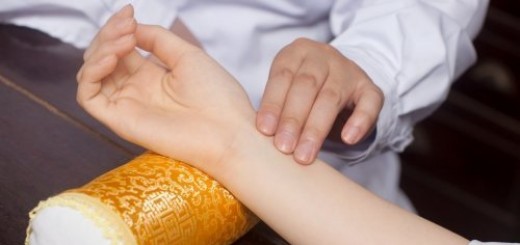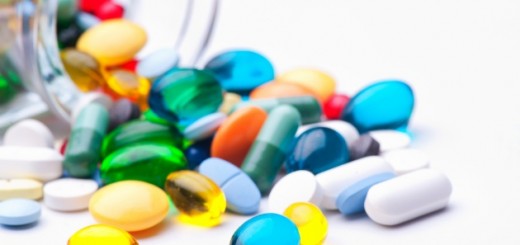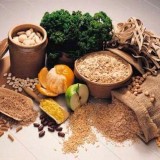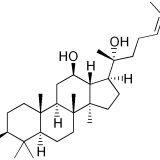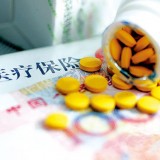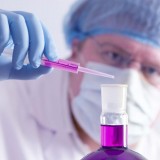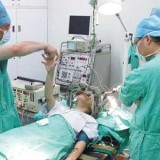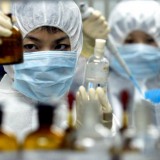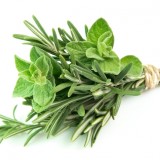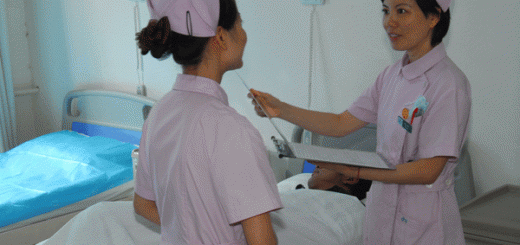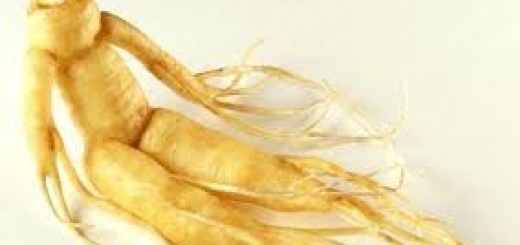Ischemic kidney injury often occurs in the context of multiple organ failure and sepsis. Renal ischemia/reperfusion injury, a common cause of acute ischemic kidney injury, results from a generalized or localized impairment of oxygen and nutrient delivery to, and waste product removal from, cells of the kidney. As a result of this imbalance, the tubular epithelial cells in the kidney undergo injury and, if it is severe, lead to acute tubular necrosis (death by apoptosis and necrosis), with organ functional impairment of water and electrolyte homeostasis and reduced excretion of waste products of metabolism.
Unfortunately, the current treatment for acute kidney injury is mainly supportive in nature; no therapeutic modalities to date have shown efficacy in treating the condition. Therapeutic agents (eg, dopamine, nesiritide, fenoldopam, mannitol) are not indicated in the management of acute kidney injury and may be harmful for the patient.
Rb1, one of the active ingredients of ginseng, has a wide variety of biological activities such as immunomodulation, new bone stimulation, and joint-protection. Recently, a group of Chinese researchers found that the Rb1 pre-treatment can significantly alleviate the acute kidney injury in a mouse model.
In the study, the researchers gave mice the Rb1 pretreatment prior to acute kidney injury induced by acute bowel ischemia. Thereafter, histological examination and blood tests were performed to assess the extent of acute kidney injury. Strikingly, Rb1 treatment drastically reduced the histological severity score, blood levels of urea nitrogen (BUN) and serum creatinine (Scr). Furthermore, the cell apoptosis indicator, neutrophil gelatinase-associated lipocalin (NGAL) was also reduced significantly in Rb1-treated mice.
The study demonstrates a strong protective role of Rb1 in acute kidney injury, and therefore brings about a hope in its clinical management.
Related Articles:
Protective Effect of Ginsenoside Rb1 against Intestinal Ischemia-Reperfusion Induced Acute Renal Injury in Mice.
PLoS One. 2013;8(12):e80859
Authors: Sun Q, Meng QT, Jiang Y, Liu HM, Lei SQ, Su WT, Duan WN, Wu Y, Xia ZY, Xia ZY
Abstract
Ginsenoside Rb1 (RB1), the most clinically effective constituent of ginseng, possesses a variety of biological activities.
The objectives of this study were to investigate the protective effects of RB1 and its underlying mechanism on renal injury induced by intestinal ischemia-reperfusion (IIR) in mice.
RB1 was administered prior to inducing IIR achieved by occluding the superior mesenteric artery for 45 min followed by 120 min of reperfusion. All-trans-retinoic acid (ATRA) was used as an inhibitor of NF-E2-related factor-2 (Nrf2) signaling.
Adult male C57BL/6J mice were randomly divided into six groups:
- sham group
- IIR group
- RB1 group
- sham + ATRA group
- IIR + ATRA group
- RB1 + ATRA group
Intestinal histology and pathological injury score were observed. Intestinal mucosal injury was also evaluated by measuring serum diamine oxidase (DAO). Renal injury induced by IIR was characterized by increased levels of histological severity score, blood urea nitrogen (BUN), serum creatinine (Scr) and neutrophil gelatinase-associated lipocalin (NGAL), which was accompanied with elevated renal TUNEL-positive cells and the Bcl-2/Bax expression ratio.
RB1 significantly reduced renal injury and apoptosis as compared with IIR group, which was reversed by ATRA treatment. Immunohistochemistry and Western blot analysis demonstrated that RB1 significantly upregulated the protein expression of heme oxygenase-1 (HO-1) and Nrf2, which were attenuated by ATRA treatment.
Taken together, these results suggest that the protective effects of RB1 pretreatment against renal injury induced by IIR are associated with activation of the Nrf2/ anti-oxidant response element (ARE) pathway.
PMID: 24324637 [PubMed – in process]
Source: Dammarane Saponins



















